If you eat pickles frequently, you might wonder if you can repurpose the juice to re-pickle jalapenos and other vegetables. We’ll address your questions in this article!
You can use leftover pickled juice for your jalapenos, as long as it never had contact with other vegetables. It’s safe to use pickle juice from pickled jalapenos, a hot brine with no vegetables, or a fresh brine mixture.
However, repurposing pickle juice might not always result in the same quality. Read on for some tips!
Can I Use Pickle Juice to Make Pickled Jalapenos?
You can use leftover pickle juice to make a pickled jalapeno recipe if this brine was only used in refrigerator pickled jalapenos and did not undergo any type of heating process.
Brines or pickle juices that have been used in cans or jars, including the pickles you buy at the supermarket, are heated. The heat changes the acidity level due to absorption by the vegetables, which can make the brine unsafe to consume.
Some sources say you can use an unheated brine for jalapeno pickles, as long as it doesn’t look cloudy or murky (source: Food in Jars).
However, other sources disagree. According to the Pennsylvania State University, the only leftover pickle brine safe to use is one that has not been combined with any food product (source: PennState Extension).
This is also supported by the University of Minnesota and the National Center for Home Preservation’s article on drying (source: University of Minnesota Extension). These sources state that you can only reuse a pickling brine if it never contained any vegetables.
If a brine has been used to pickle cucumbers or other vegetables, the vegetables will absorb the acidity of the brine, making it less acidic. If it becomes less acidic, it may not be safe. (source: University of Minnesota Extension).
Another method that may work when pickling jalapenos or vegetables is raw packing, often referred to as the quick pickle approach. This process is done by putting jalapenos or other vegetables into a jar. The pickling liquid is then heated and added directly to the jars.
If there is a remaining brine, you can use this to pickle your jalapenos. Just keep in mind that when vegetables are heated or even soaked in the brine, the pH changes. The vegetables are now more acidic while the brine is left less acidic (source: Preserving Food at Home).
If you’re thinking of discovering new ideas to use leftover jalapeno juice, we’ve included that in our coverage too! Take a closer look at our article for valuable insights.
Regardless of your method, make sure to use a fresh batch of jalapeno peppers. They shouldn’t be soft, discolored, or have obvious signs of disease. You can choose whether or not to slice them, but if you decide to create jalapeno slices, make sure to use a clean knife and cutting board (source: National Center for Home Food Preservation).
After you have put on the lids of your jars, make sure they are tightly sealed. If oxygen gets inside, it could mean microbial spoilage, since oxygen helps spoilage microorganisms to survive and spread (source: Exploratorium).
So, to recap, here’s a table of the pros and cons of used and fresh brine or pickling juice:
| PROS | CONS | |
| Used Brine | -Saves time and money -More economical than fresh | -No longer acidic when in contact with vegetables |
| Fresh Brine | -Economical | -You will need to start from scratch |
Pickled jalapenos are a delicious snack. We hope this article helps you achieve great results!




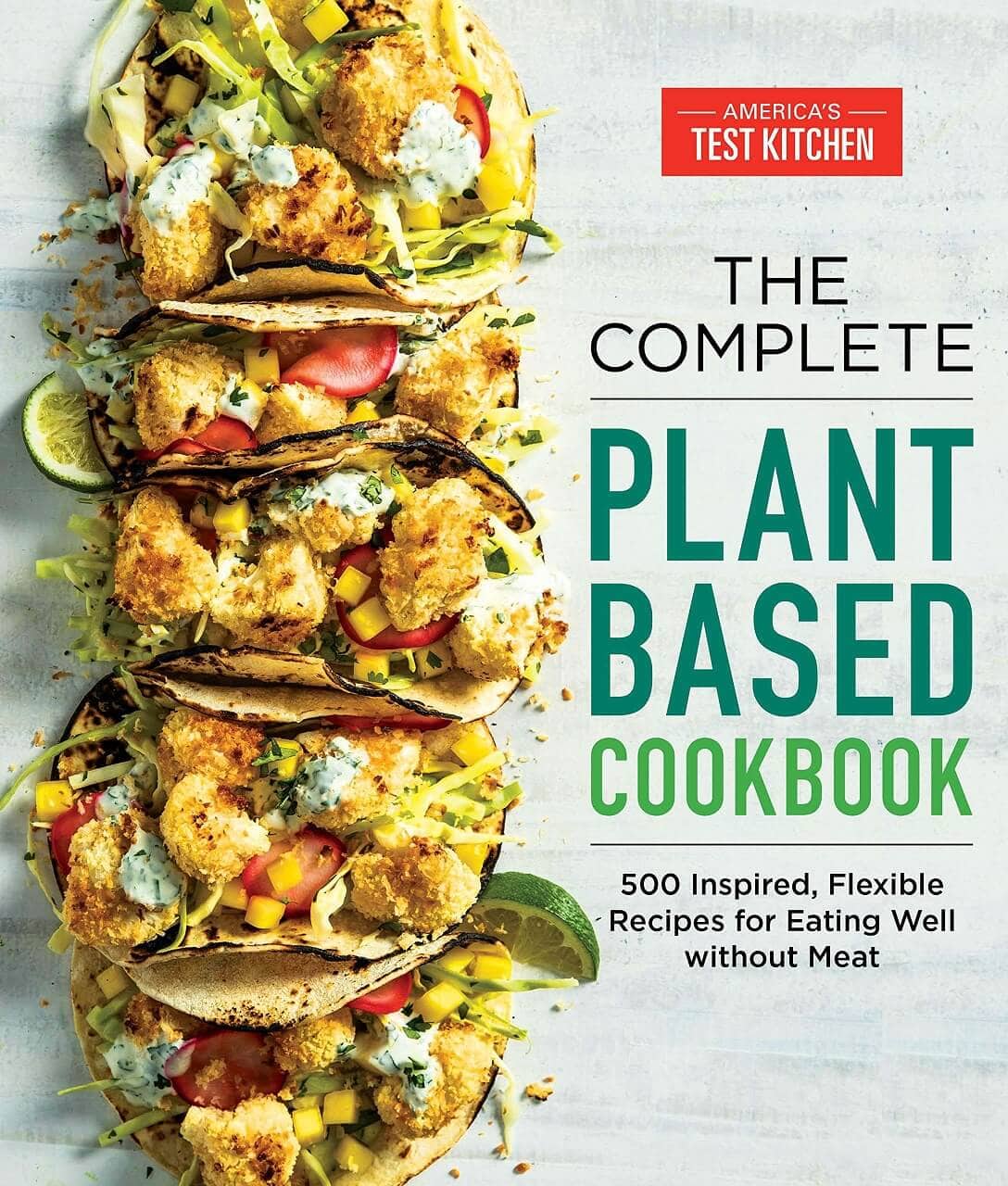

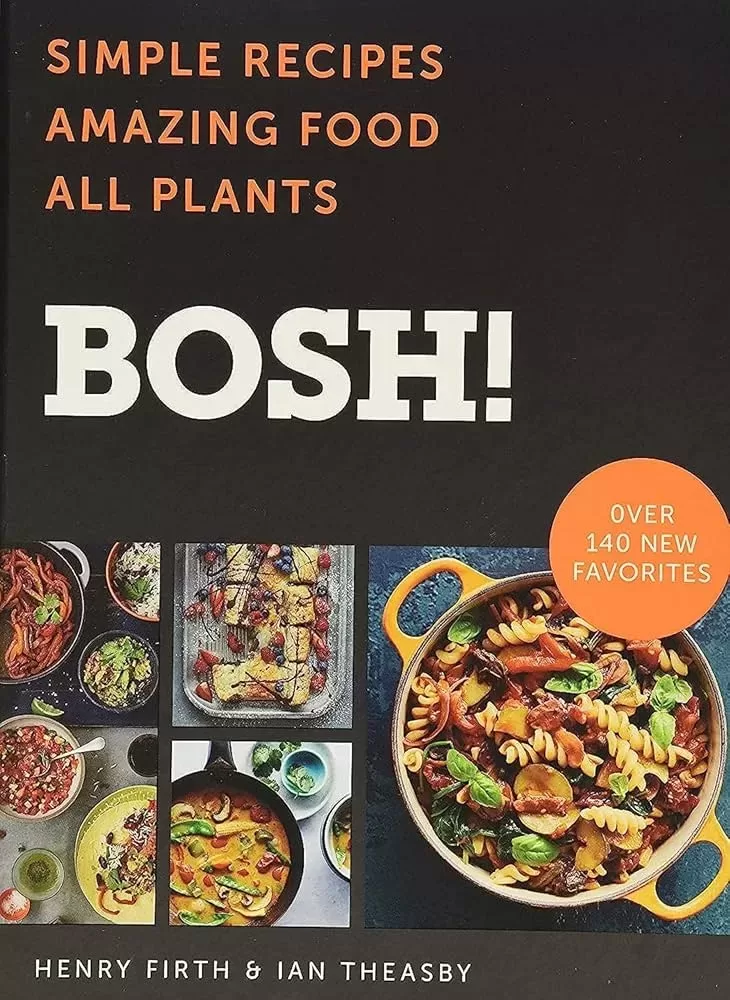
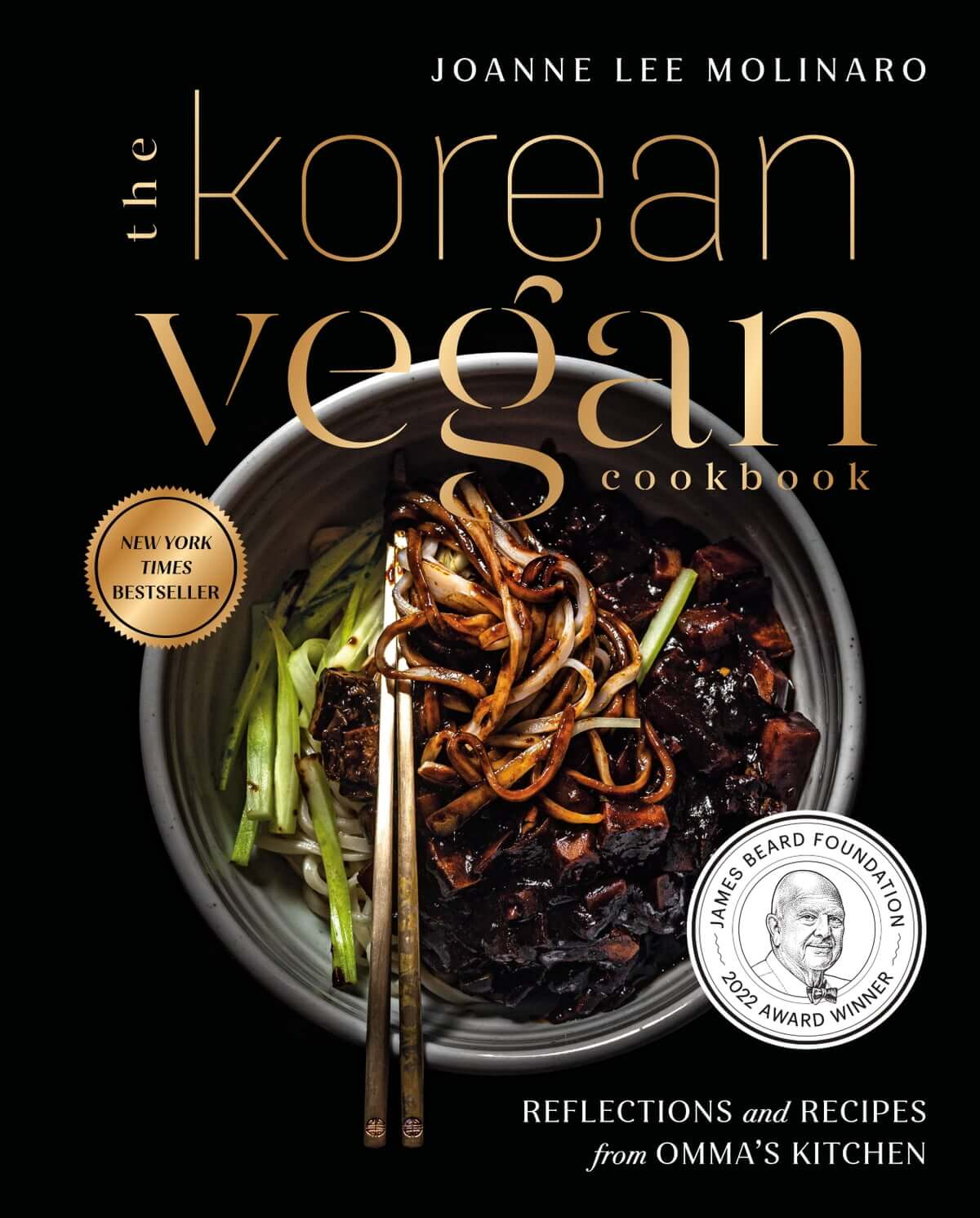
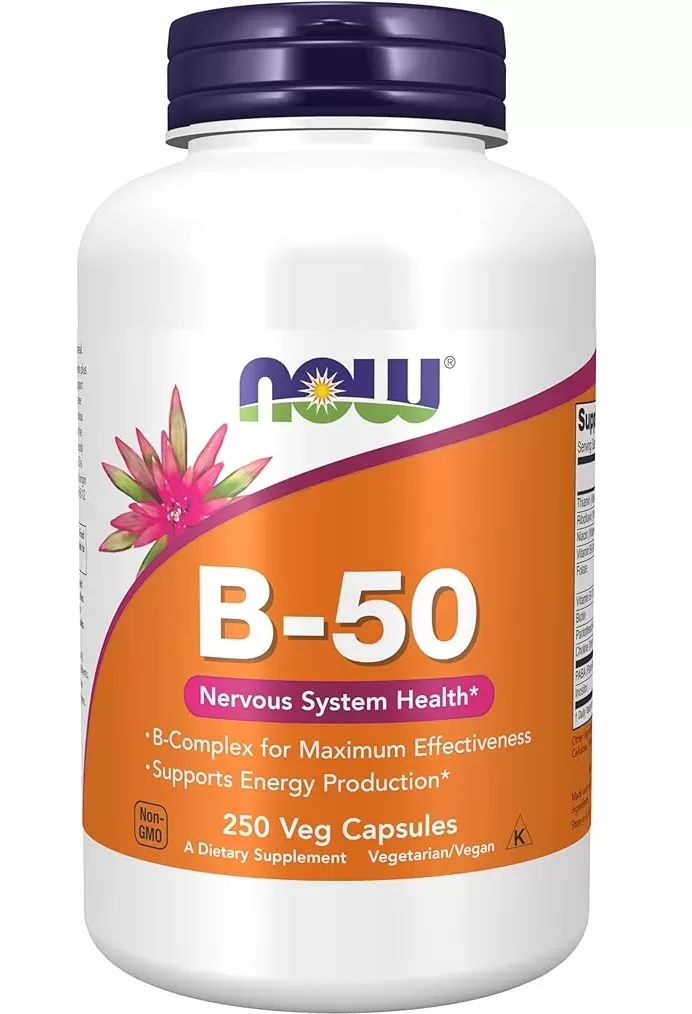
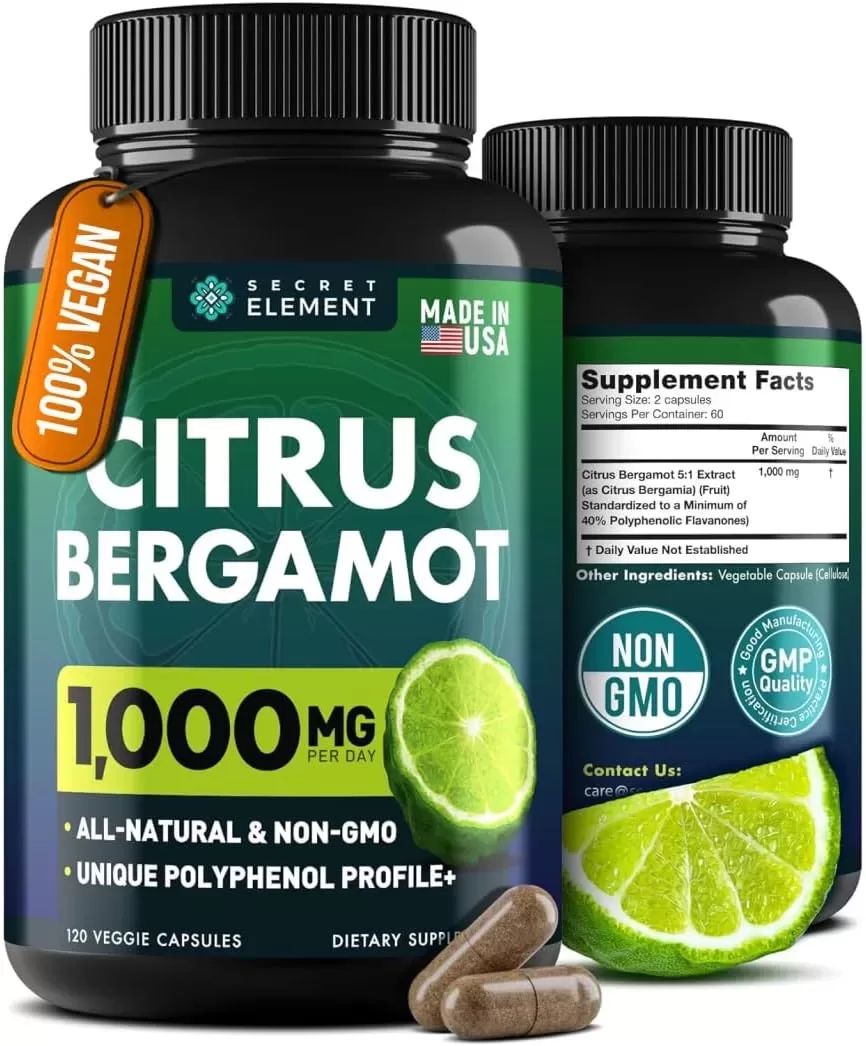
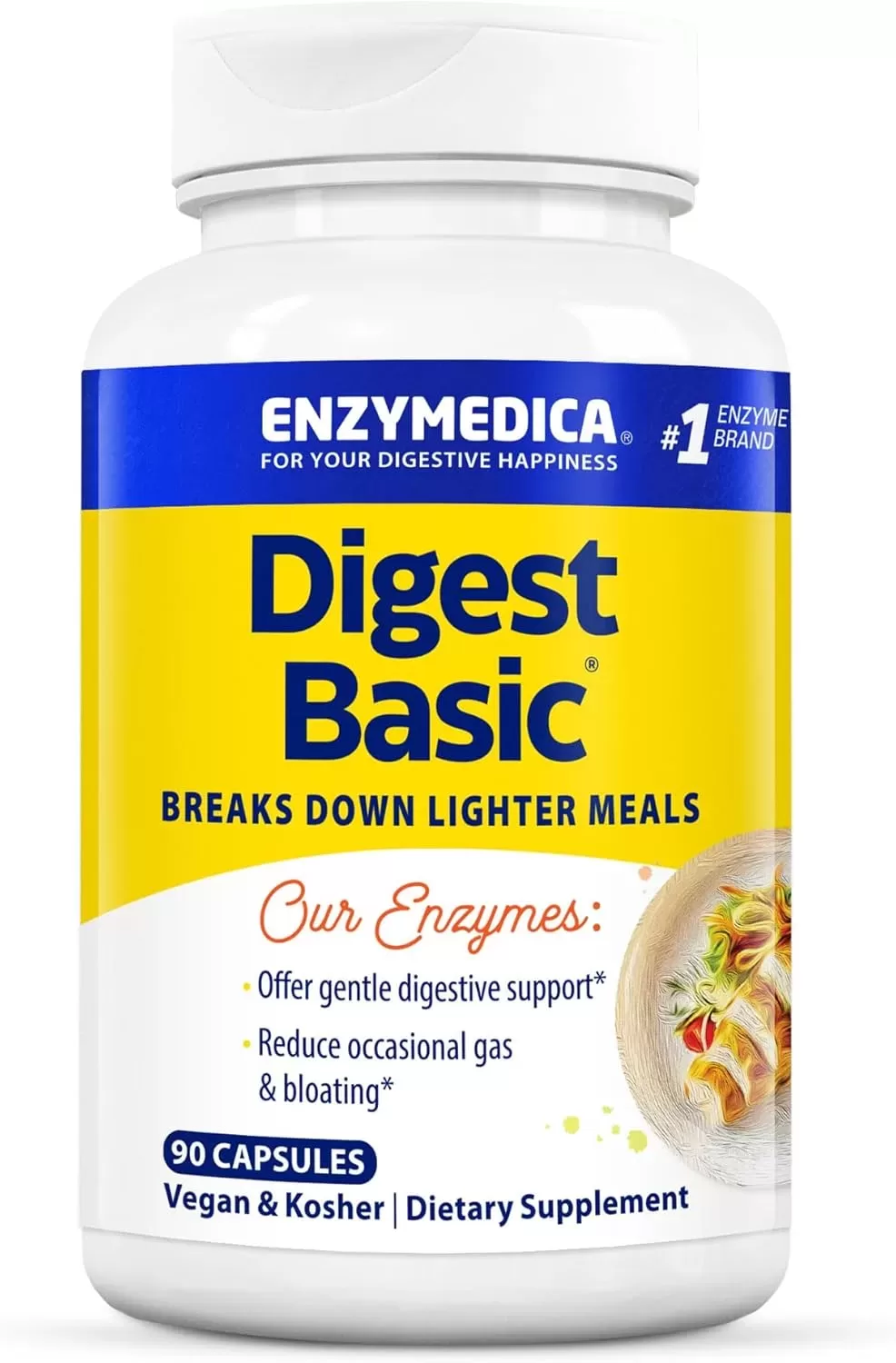
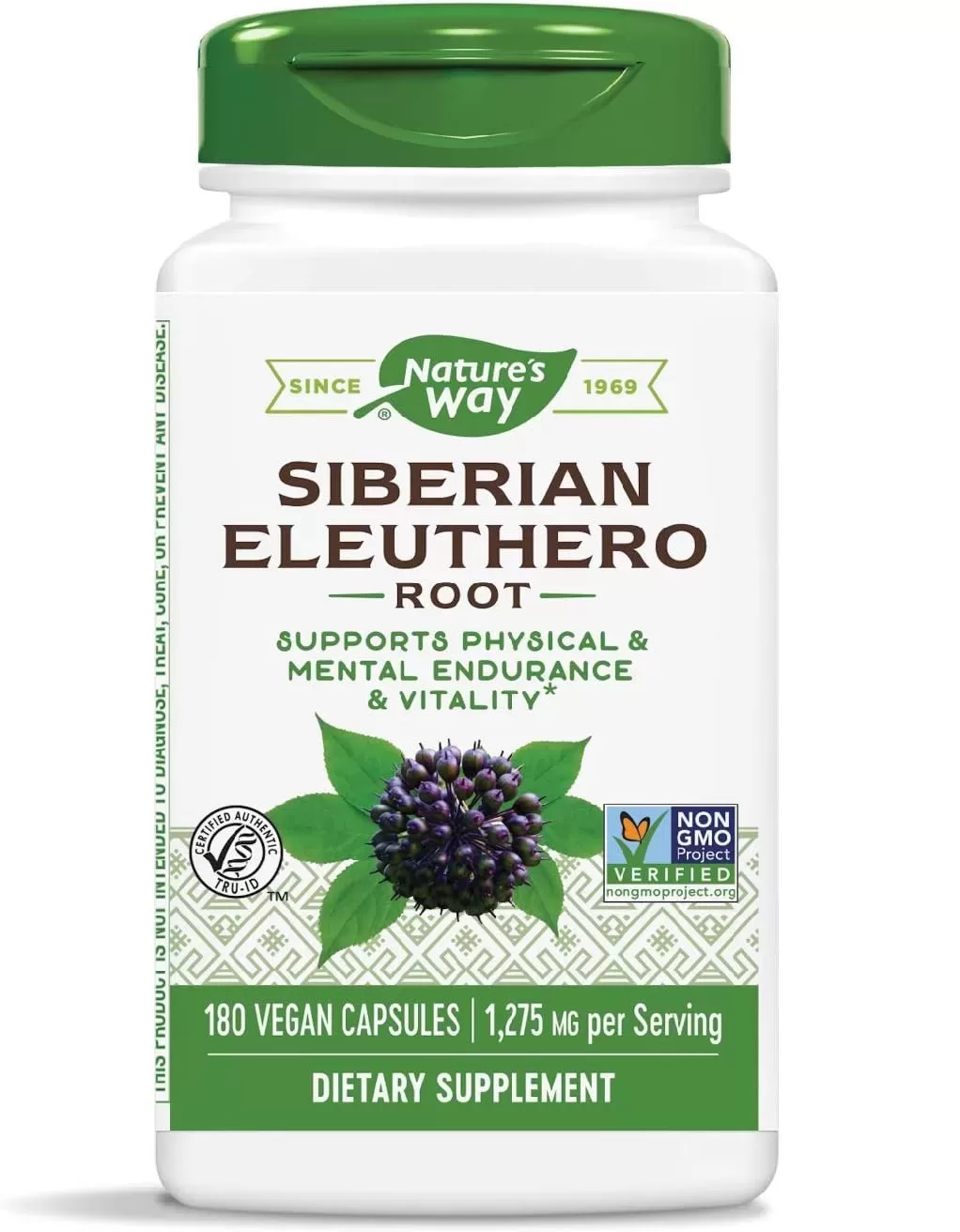

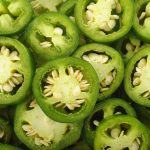
Comments are closed.